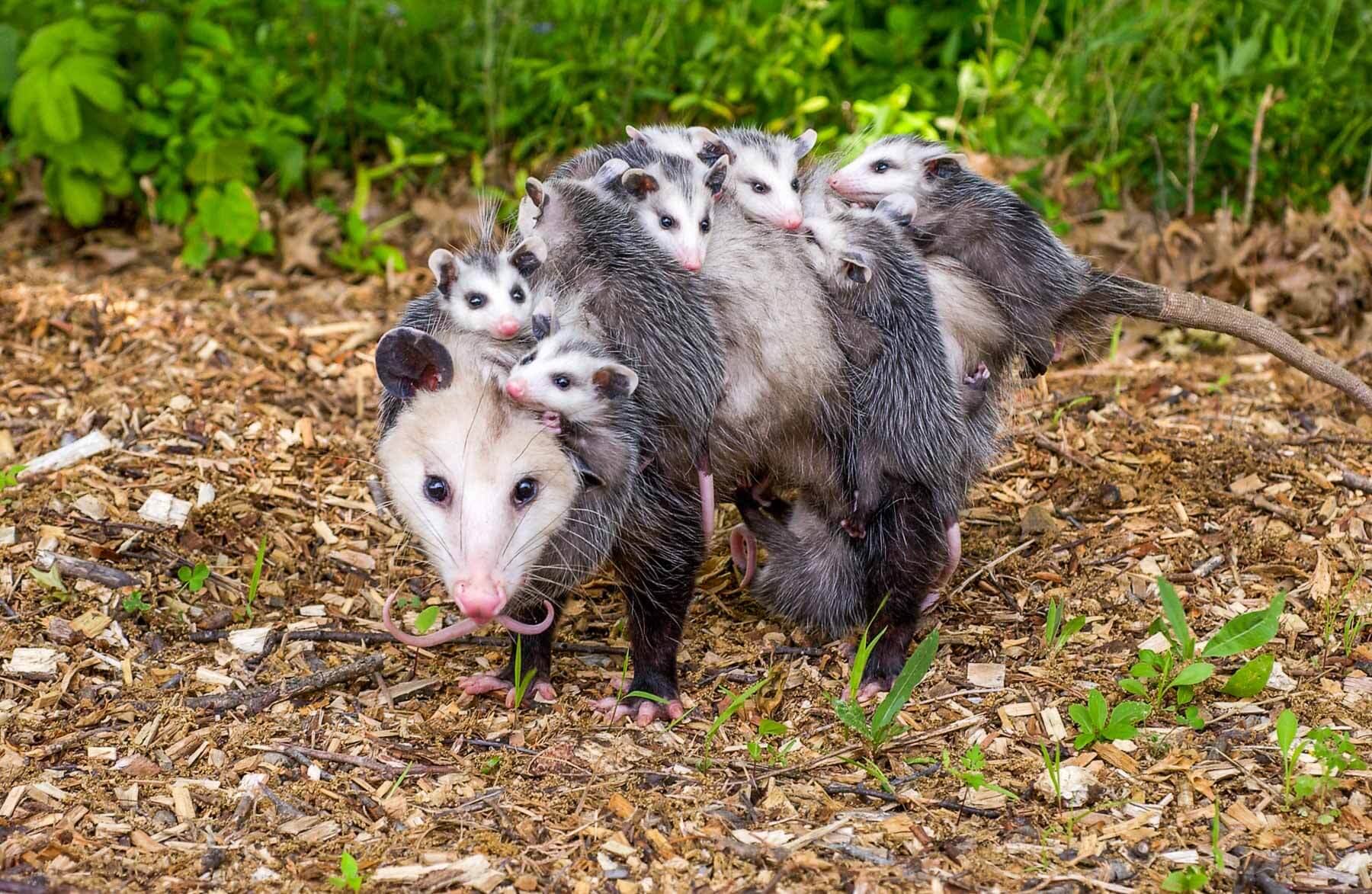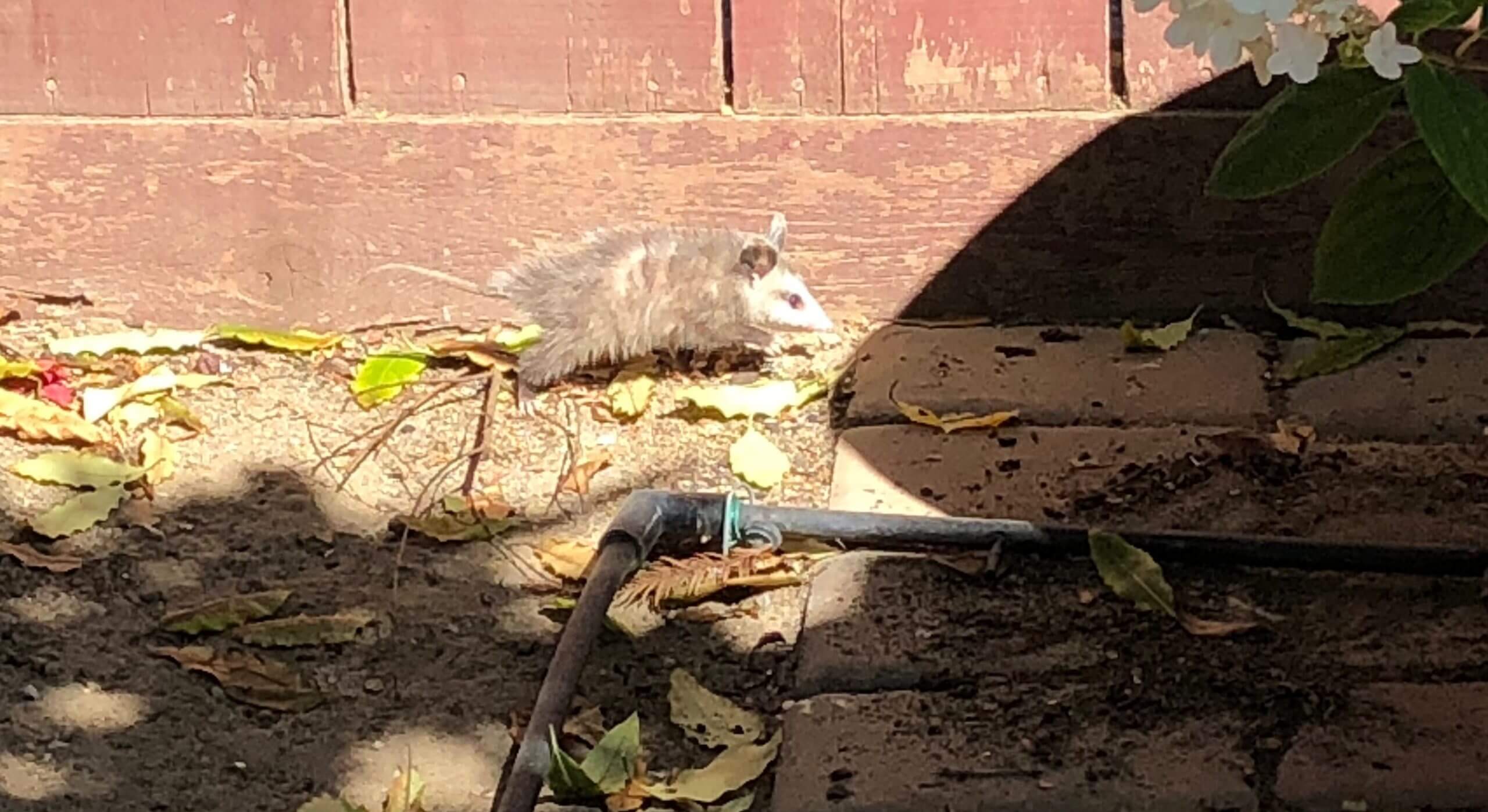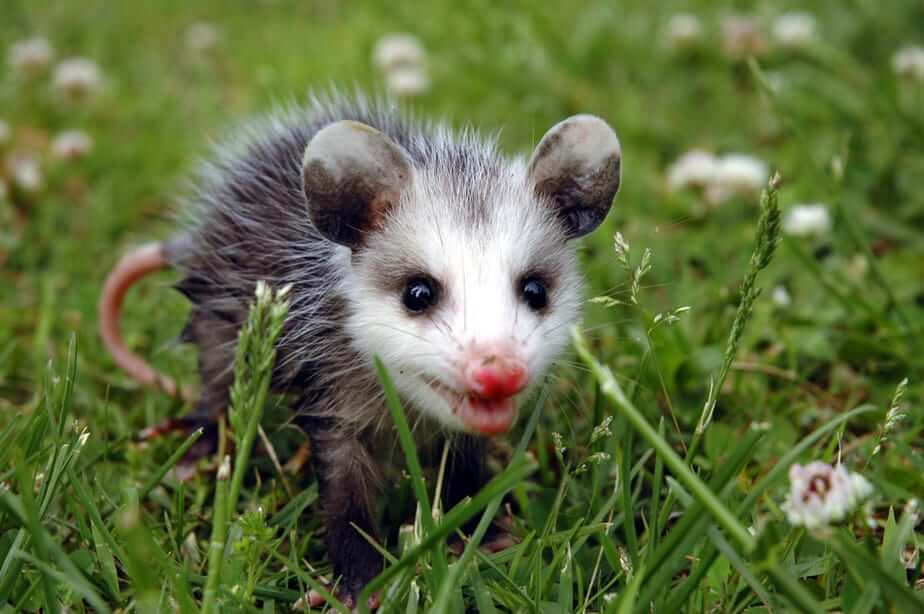Maintaining a clean and tidy backyard is a priority for many homeowners.
Amidst regular tasks like hedge shaping and debris clearing, encountering a possum can be a startling disruption.
This guide provides practical insights into possum control, particularly where to shoot a possum to kill it.
While exploring this sensitive topic, we’ll also consider the humane and legal aspects of wildlife management in residential areas.
We aim to offer effective strategies for maintaining your outdoor space’s integrity without compromising ethical standards.
Understanding Possum Behavior and Risks
Why Consider Possum Control?
- Diet and Garden Impact: Possums are omnivores. Their diet includes eggs, snails, insects, and sometimes native birds. This can lead to garden damage and conflicts with homeowners, emphasizing the need to know where to shoot a possum to kill it.
- Disease Carriers: They can carry diseases like bovine TB and Equine Protozoan Myeloencephalitis (EPM), affecting livestock.
- Reproduction Rate: Possums reproduce rapidly, leading to a quick increase in their population.
- Resistance to Diseases: Unlike many other animals, possums resist diseases like rabies, making them a unique wildlife concern.
- Environmental Impact: They compete for food with livestock, affecting pasture plants and native birds’ food sources and can cause damage to horticulture.
Balancing Environmental Role and Pest Control
- Ecosystem Contribution: Possums control insect populations and aid in soil aeration.
- Need for Control: Despite their ecological role, their potential nuisance and health risks may lead some to consider lethal methods, including understanding where to shoot a possum to kill it.
- Ethical Considerations: Balancing control methods with humane treatment and legal guidelines is important.
State Measures for Possum Control

Government’s Role in Possum Management
- Financial Investment: The government invests millions annually in possum control, including compensations for livestock losses.
- Regulatory Measures: Introducing regulations to manage possum populations effectively.
Control Strategies Employed by the State
- Biological Control: Utilizing living organisms or their products to control possum fertility.
- Trapping and Hunting: Employing DOC workers, regional councils, and pest control specialists for trapping and hunting possums.
Trapping: Using traps along possum runs and employing trained dogs.
Hunting: Legal in specific regions (e.g., Alabama, California, Tasmania). Hunters often use shotguns or rifles (0.17, 0.22, 0.22 magnum, Centrefire) for a humane kill. The focus is often on where to shoot a possum to kill it, aiming for a quick and painless method. - Poisoning: Controlled use of cyanides and 1080 (Sodium monofluoroacetate) by licensed operators, with strict safety measures.
Emphasizing Humane and Safe Practices
- Ethical Considerations: Prioritizing humane methods in all control strategies, including hunting, where knowledge about where to shoot a possum to kill it is crucial.
- Safety Precautions: Ensuring safety protocols are in place, especially when using toxic substances.
Managing Possums in Your Backyard

Identifying Possum Presence in Your Backyard
- Footprints: Look for footprints with an opposable thumb, resembling a distorted hand, to confirm possum activity.
- Droppings: Oily-yellow droppings about the size of jellybeans are indicative.
- Burrows and Nests: Check for burrows in dark, dry places or nests in tree cavities.
Intruder Prevention Measures
- Trimming Shrubs: Regularly trim shrubs and close off potential denning sites.
- Chimney Caps and Metal Spikes: Install chimney caps and place metal spikes on gutters or trees to prevent entry.
- Fencing Options: Consider various types of fencing, such as:
- Traditional fences to deter entry.
- One-way doors for controlled exit.
- Hardware cloth and mesh-wire electric fences.
- Stainless steel porcupine wires and sunken perimeter fencing for added protection.
Shooting as a Last Resort
While discussing where to shoot a possum to kill it, it’s crucial to consider shooting as a last resort.
- Legal Guidelines: Consult local or regional laws to ensure compliance with wildlife protection regulations.
- Effective Shooting: If legal and necessary, aim for the head, neck, or chest with a recommended rifle caliber for a humane kill.
- Professional Assistance: Consider hiring licensed wildlife control professionals if unsure about handling the situation.
Possum ‘Playing Possum’
- Defensive Mechanism: Possums may ‘play dead’ when threatened or cornered, a natural defense mechanism where they appear limp or unconscious.
- Handling with Care: If a possum is playing dead, avoid interaction. Wait for it to move on its own. Remember that this behavior is a sign of stress in the animal.
Safety Measures When Dealing with Possums
- Avoiding Direct Contact: Minimize direct contact with possums to prevent the spread of diseases.
- Protective Gear: Always wear protective gloves when handling possums or their habitats.
- Immediate Care for Injuries: Clean the wound with soap and warm water immediately if scratched or bitten. Consult a doctor if symptoms develop.
- Professional Assistance: Consider contacting wildlife control professionals for safe and humane removal.

